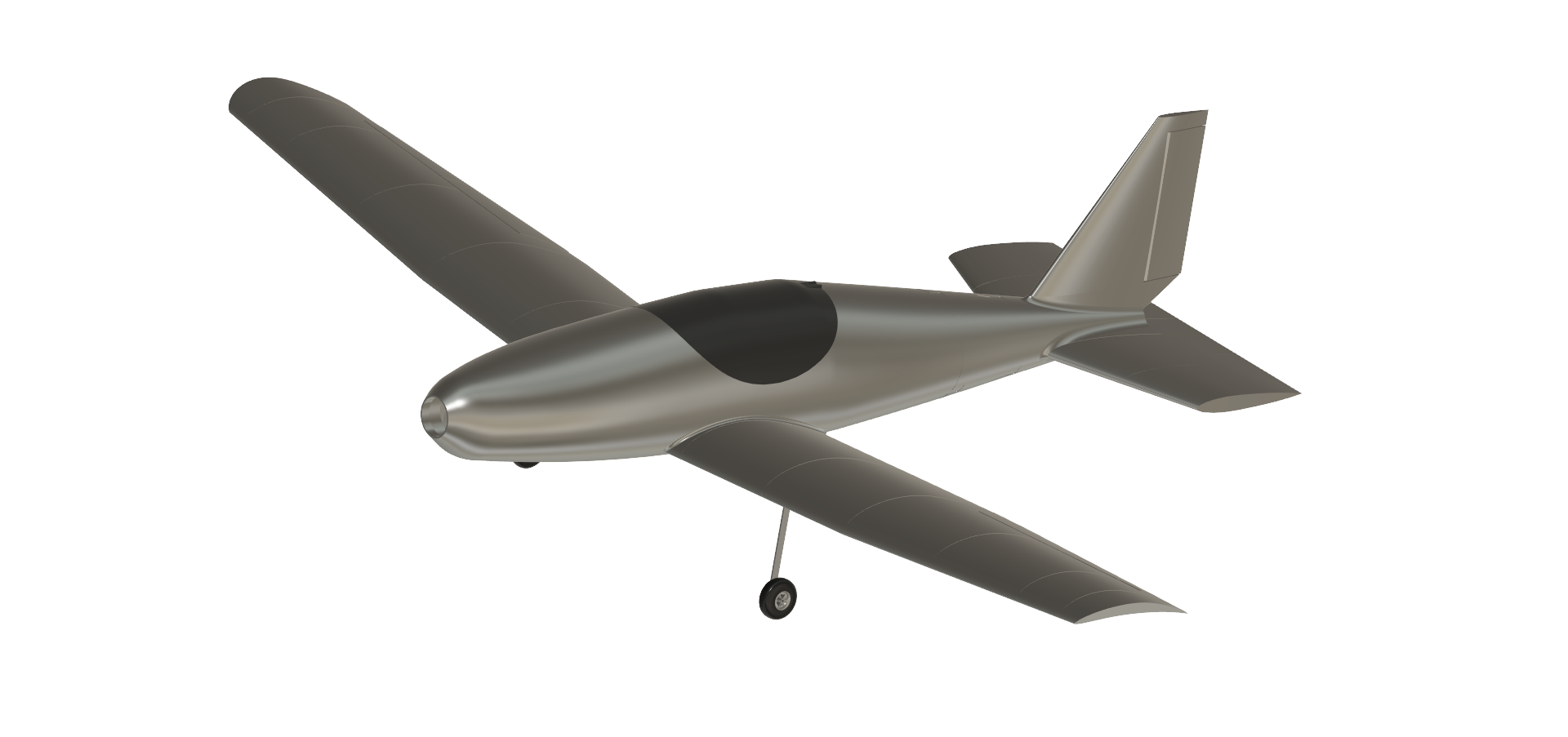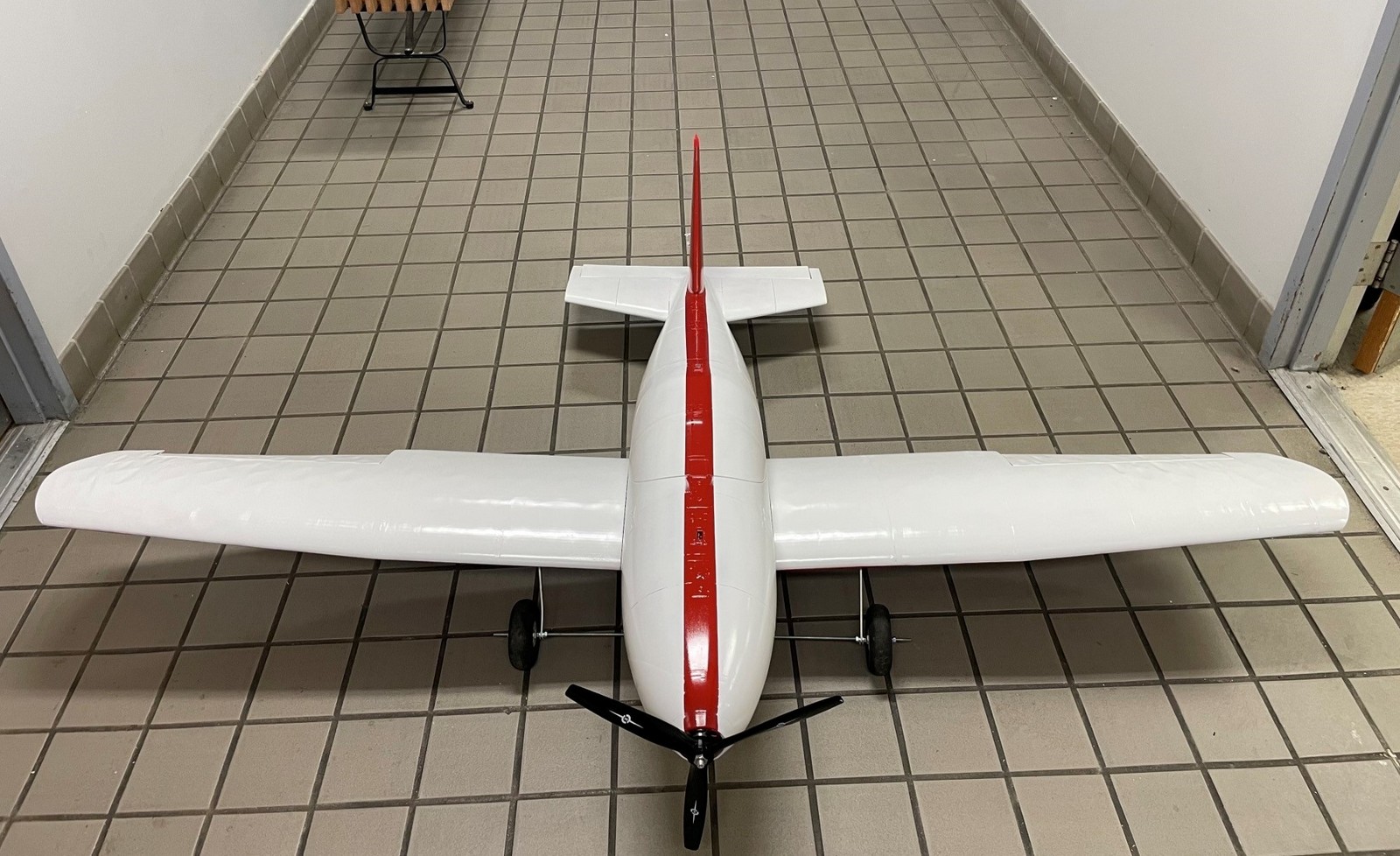The SAE Aero Design Competition involves the designing, fabricating, and testing of a radio-controlled aircraft capable of carrying a specified payload. Our team will be focusing on designing the wing and control surfaces while the other half of our team, team 507, will be focusing on the fuselage design capable of carrying the payload.

Our project is to design, test, and manufacture the wings and tail of a radio-controlled airplane capable of competing in the 2022 Society of Automotive Engineers (SAE) Aero Design Competition. As part of the competition the plane must take off within 100 feet of runway, load a standard size soccer ball and have a single engine. The primary focus is in sizing the wing and tail and designing the control surfaces that help control the plane while flying. We coordinate with another team whose primary focus is to design the plane’s main body and its landing gear. The plane’s tail will have a standard configuration, composed of horizontal and vertical sections with control surfaces that will help provide sufficient stability during flight. This means coordinating with the fuselage team to estimate the power and weight of the airplane and designing a wing that generates enough lift. Next, we design a tail to stabilize the aircraft and help it be steered. Once the wing and tail are finalized in their design and placements, we transition into the manufacturing stage. For the integration of the body and wings of the plane, we are using an emergent technology known as additive manufacturing commonly referred to as 3D printing. While most radio-controlled airplanes are made using wood or other materials, our team and sponsors have decided to take on the added challenge of 3D printing the airplane’s structure. 3D printing allows for the rapid production of geometrically complex objects that could not be easily produced using other manufacturing methods. The team is utilizing a specialized foaming plastic filament (LWPLA) which is up to 60% lighter compared to a typical filament used in a 3D printer. The LWPLA filament provides a lightweight choice to enhance design innovation and complexity.
After 9 months of designing and collaborating with Team 507 on the fuselage, we arrived at our chosen aircraft design


Assisted with overall design and manfuacturing of aircraft

Assisted with fuselage integration and final production

Assisted with aerodynamic verification and main wing design

Assisted with tail design and integration with fuselge
